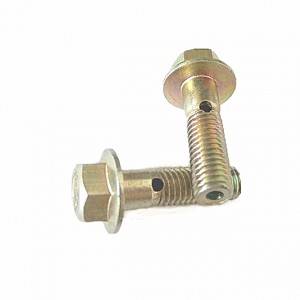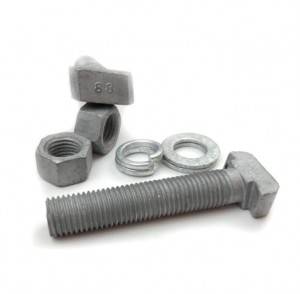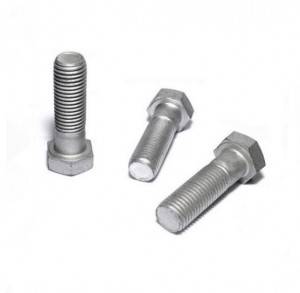Carbon Steel Grade 4.8 8.8 10.9 Zinc Plated Rail Fish Bolt Plate And Nut Fishtail Fastener For The Tower Railway
|
Product name |
Carbon Steel Grade 4.8 8.8 10.9 Zinc Plated Rail Fish Bolt Plate And Nut Fishtail Fastener Anchor Bolts For The Tower Railway |
| Standard | ASME B 18.2.1, IFI149,DIN931, DIN933, DIN558, DIN960, DIN961, DIN558, ISO4014, DIN912 and etc. |
|
Size |
standard & non-standard, spport customized. |
|
Material |
Carbon Steel, Alloy Steel, Stainless Steel, Brass. Aluminum or as your requirements. |
|
Grade |
SAE J429 Gr.2, 5,8; ASTM A307Gr.A, Class 4.8, 5.8, 6.8, 8.8, 10.9, 12.9 and etc. |
|
Certification |
ISO9001,IATF16949,ISO14001,etc |
|
Finish |
Plain, Zinc Plated(Clear/Blue/Yellow/Black), Black oxide, Nickel, Chrome, H.D.G. according to your requirement. |
|
Supply Ability |
2000 tons per month. |
|
Package |
according to customers requirement. |
|
Payment |
T/T, L/C , D/A , D/P , Western Union ,MoneyGram ,etc |
|
Market |
South&north Amrica/Europe/East&South east Asia/ Australia and Africa etc. |
|
Notice |
Please lets know the Size, quantity, Material or Grade, surface, If it is special and Non-standard products, please supply the Drawing or Photos or Samples to us. |
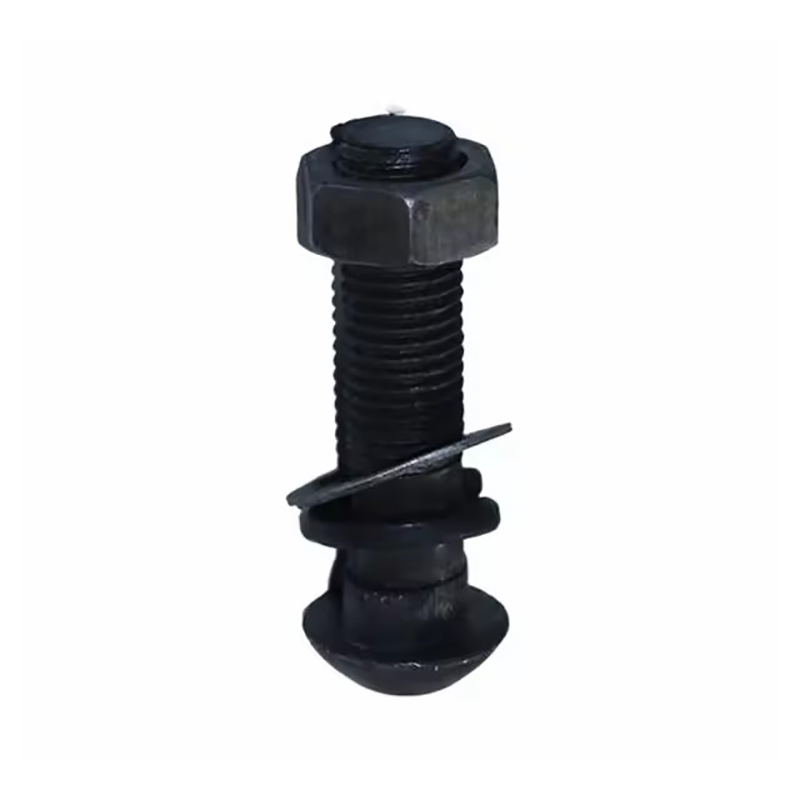
Fish tail bolt, also known as fish tail bolt or fish tail screw, is a commonly used fastener for railway track connections.
Its shape resembles a fish tail, hence its name. Fish tail plugs are usually made of high-strength steel, which has good tensile strength and fatigue resistance.
Its main function is to tightly connect the steel rails and sleepers together, ensuring the stability and safety of the railway track. The specifications and dimensions of fish tail bolts may vary depending on the type of steel rail and sleeper.
When installing and using fishtail bolts, it is necessary to strictly follow relevant standards and specifications to ensure their fastening effect and the safety and reliability of railway operation.
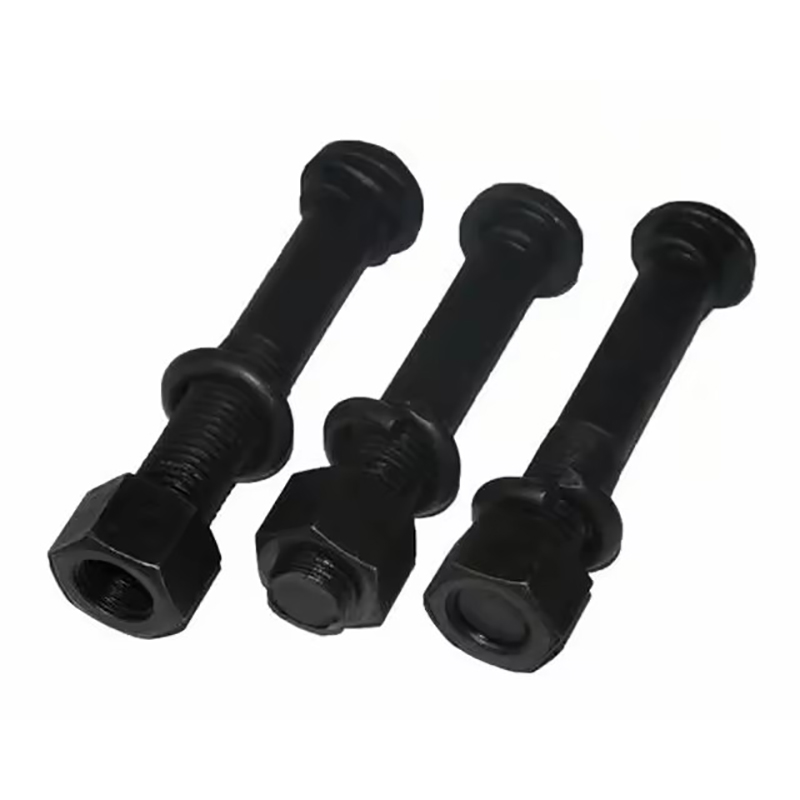
The usage standards for fishtail plugs mainly include the following points:
1. Selection and matching: Select fish tail bolts of appropriate specifications, sizes, and strength levels based on the type of rail and sleeper used, ensuring their compatibility with the track system.
2. Pre installation inspection: Before installation, carefully inspect the appearance of the fish tail bolt to ensure that there are no defects such as cracks, deformation, or thread damage.
3. Cleaning treatment: Clean the installation area to remove debris, rust, and oil stains to ensure good contact and fastening effect.
4. Correct installation: Operate according to the prescribed installation sequence and method, usually requiring the use of specialized tools to accurately insert the fish tail bolt into the installation hole and ensure that it fits tightly with the steel rail and sleeper.
5. Tightening force: Use a torque wrench to tighten according to the specified torque value to ensure even and satisfactory tightening force. Excessive torque may cause bolt damage, while insufficient torque may not achieve the desired tightening effect.
6. Regular inspection: During railway operation, fish tail bolts should be inspected regularly to check for looseness, deformation, rust, and other conditions.
7. Maintenance and replacement: For problematic fish tail plugs, timely maintenance or replacement should be carried out. When replacing, a new fish tail plug that meets the standards should be selected and reinstalled according to the specifications.
8. Storage management: Unused fish tail plugs should be stored properly to avoid moisture, rust, and mechanical damage.
Following these usage guidelines can ensure that fish tail bolts play a good role in railway track connections, ensuring the safety and stability of railway transportation.







